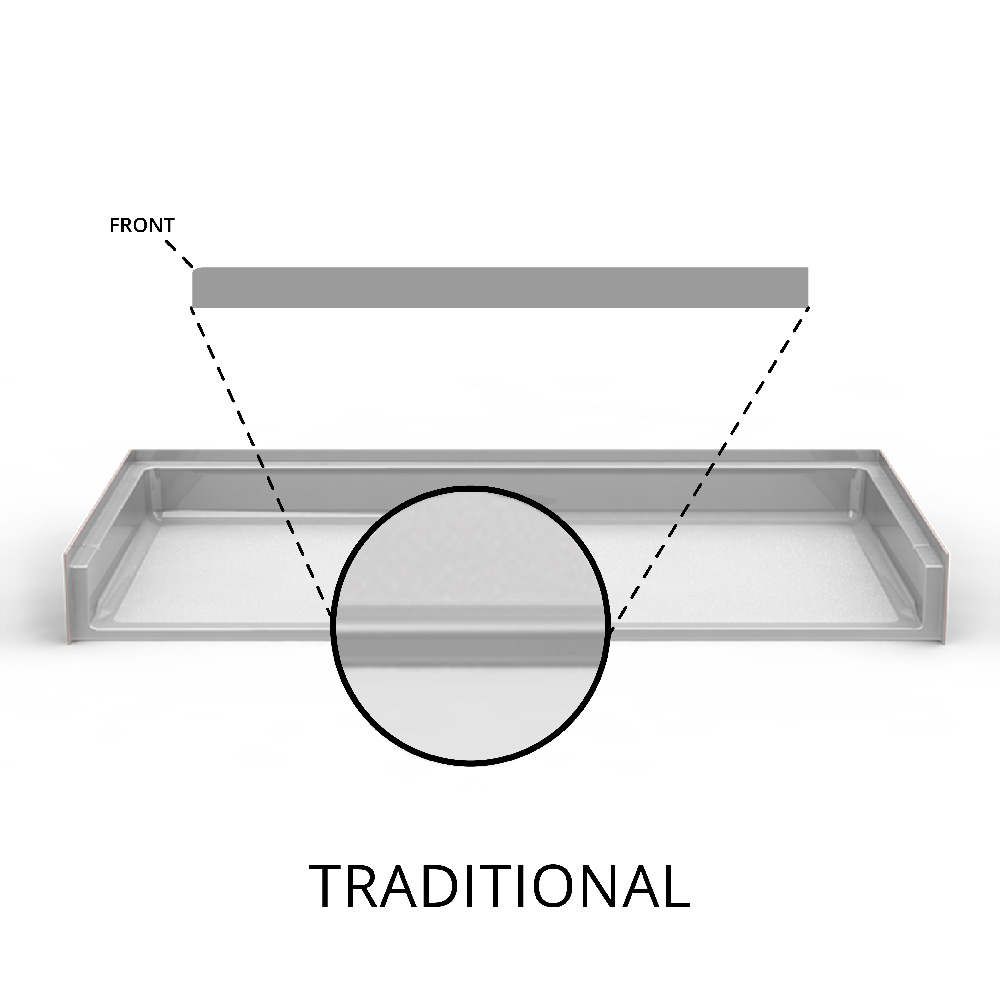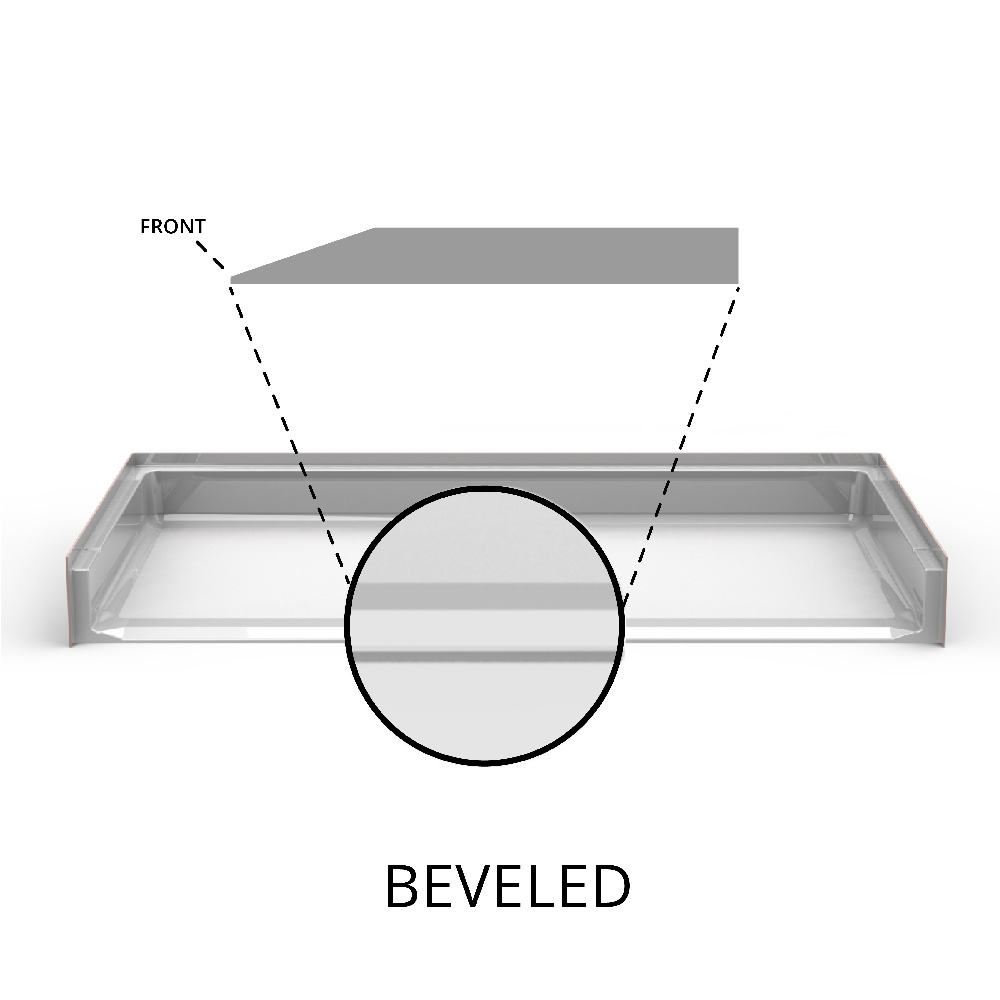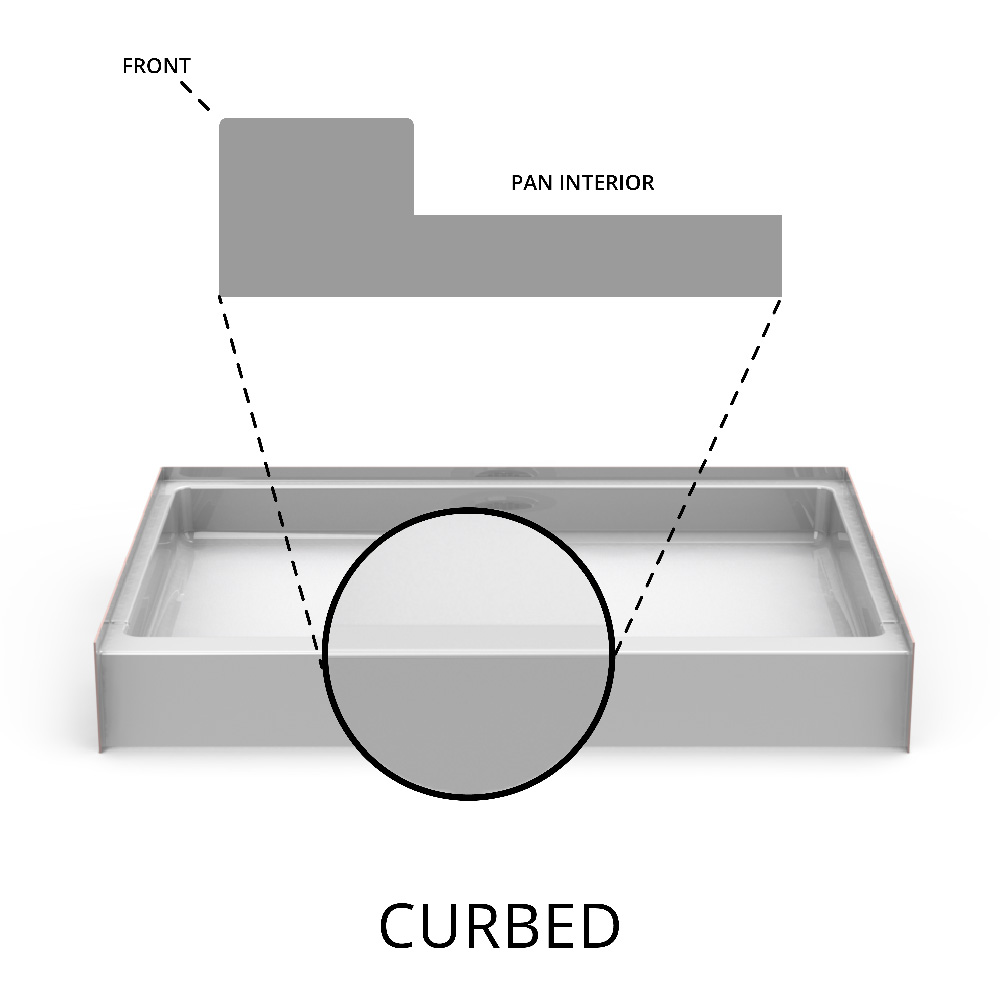Uncategorized
Programs to help you renovate your home for senior accessibility
As Canada’s population ages, a majority of seniors are remaining independent and continue to live in their homes. Out of Canada’s almost five million senior population, 92.1 per cent of Canada’s elderly live in private households, whether it’s alone, with a partner or with others, according to the 2011 Census.
It’s important to discuss with your family their future living arrangements. Depending on your or your loved one’s health, the space may need to undergo some home renovations to allow you to live independently. Grab bars, shower seats or changing your bathroom’s shower or tub are important steps to ensuring that you or someone you care about can safely move about their home.
The necessary home renovations can vary in cost and depending on the amount of work that needs to be done, there is financial assistance available to families.
Provincial tax credits
Depending on what province you reside, provincial governments are offering various cost savings to allow seniors to stay at home longer.
In Ontario, residents can take advantage of the Healthy Homes Renovation tax credit that is available to homeowners. You can claim 15 per cent of the money spent to improve safety and accessibility on your property. This tax credit applies to a maximum of up to $10,000 of work and it can be claimed by residents above 65 or older or families living with an elderly relative.
In British Columbia, you can claim 10 per cent for similar renovations up to $10,000 under the Seniors’ Home Renovation tax credit. While Prince Edward Island offers a Seniors’ Home Repair program that assists low-income and moderate-income seniors to make any necessary repairs to their homes. If a senior and their partner earns a household income less than $35,000, the program will cover 50 per cent of the renovations costs up to a maximum of $1,500.
Visit the province’s websites for more details. Programs across the country vary on whether they take into account a resident’s income.
Residential Rehabilitation Assistance Program (RRAP)
The federal governments offers the RRAP program for low-income seniors to make necessary repairs to their home. Homeowners can qualify for assistance if their income is below the CMHC income threshold, if the property is at least five years old and if it needs major repairs such as heating, structural, electrical, plumbing and fire safety.
March of Dimes
This non-profit’s mission is to improve independent living and support those with physical disabilities. The charity offers a unique DesignAbility program which harnesses the creativity and know how of volunteers to build custom solutions for various circumstances. Residents who participate in the program are only responsible for the cost of building materials. The charity also offers an Assistance Devices program that helps residents in need buy, repair or maintain a variety of devices ranging from wheelchairs, wheelchair ramps, home and bath aids and more.
In Ontario, March of Dimes manages a Home and Vehicle Modification program that assists residents with substantial impairment which is expected to affect them for one year or more. Applicants that qualify are eligible for up to $15,000 for home modifications during their lifetime and up to $15,000 in vehicle modifications every ten years. Other provinces offer similar programs through different avenues.
Retrofitting your home for senior accessibility can be a daunting and costly, but Barrier Free Living can help. For over 15 years, Barrier Free Living has provided accessible products which are tailored to your unique requirements, ensuring your safety while maintaining your level of personal independence, dignity and satisfaction. As North America’s leading distributor of barrier free products for seniors and people with disabilities, Barrier Free Living continues to deliver excellent service and expert advice. Contact us at 1-877-717 7027.



